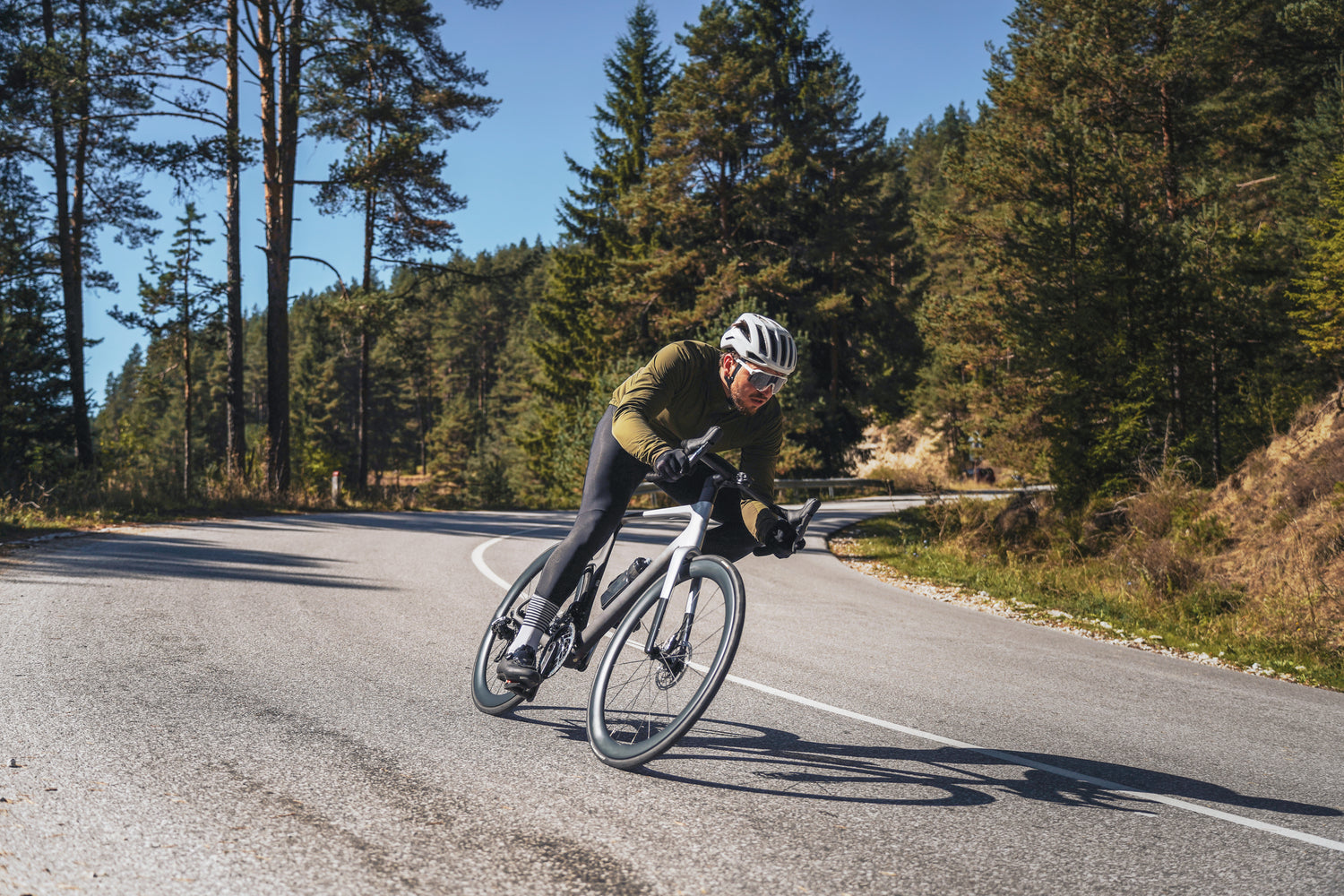What is the correct bike size for me?

When choosing a new second-hand bike, frame size is undoubtedly the most important thing to get right.
After all, you can change your handlebar stem and move your seat around to fine tune your bike fit – but all this is irrelevant if you haven’t got the right sized frame to begin with.
Frame sizes typically differ between brands and the different types of bikes, so here is an overview of what to bear in mind to ensure you are getting it correct.
Road Bikes

Road bike frame sizes are measured in centimetres and are based on the length of the seat tube – the part of the frame which runs straight up from the bottom bracket (where the chainring and pedals attach to the bike) and the seat post.
Some brands also simplify sizes into Small, Medium Large etc, however this is much less common. If you do see bikes in these sizes, it’s best to find the length of the frame in cm’s and work out what height it corresponds to. It is also important to check if the bike has a sloping top tube, as this in turn will mean the seat tube is shorter.
Road bikes encompass a range of different bikes, such as touring bikes or time trial bikes. These all have vastly different setups, meaning some have more relaxed geometries for comfort and endurance while others tuck you up in the pursuit of speed. Brand websites will generally tell you what a bike is best used for and what type of ride it will provide.
At MyNextBike we are unique in offering hassle-free shipping on all second-hand bikes, but we also offer the option to go and pick it up yourself – meaning you can try a bike for size if you have any doubts.
|
Road bike frame size (cm)
|
Height (ft and in) |
|
| XXS (47-48) | < 5'0" | |
| XS (49-50) | 5'0" – 5'3" | |
| S (51-53) | 5'3" – 5'6" | |
| M (54-55) | 5'6" – 5'9" | |
| L (56-58) | 5'9" – 6'0" | |
| XL (59-62) | 6'0" – 6'3" | |
|
XXL (>62) |
> 6'0" |
Mountain Bikes

Mountain bike sizes are measured in much the same way as road bikes, however most modern models will have a heavily sloping top tube. The angle of this top tube means that mountain bike seat tubes can vary considerably, so it is much more common to see sizing broken down into Small, Medium and Large etc.
There are a number of different types of mountain bikes on the market, from cross country riding to downhill. Each type of bike will have a slightly different geometry and will give you different riding positions on the bike, so be sure to research what type of bike you are buying, and whether it will give a more upright or aggressive position.
|
Mountain bike frame size (cm)
|
Height (ft and in) |
|
| XS (33-37) | 4'10" - 5'2" | |
| S (38-42) | 5'2" - 5'6" | |
| M (43-47) | 5'6" - 5' 10" | |
| L (48-52) | 5'10" - 6'1" | |
| XL (53-57) |
6'1" - 6'4" |
|
|
XXL (58-61) |
6'4" - 6'6" |
Hybrid bikes

Hybrid bikes, as the name suggests, provide a middle ground between road and mountain bikes. Rather than place your weight forward like on a road bike, they have a geometry which means your weight is focused on top of the saddle, which is complemented by the use of flat handlebars rather than drops.
Their sizing follows a similar format to mountain bikes in that it is most common to see categorised sizes instead of measurements in inches and centimetres.
|
Hybrid bike frame size (cm)
|
Height (ft and in) |
|
| XS (33-37) | 4'10" - 5'2" | |
| S (38-42) | 5'2" - 5'6" | |
| M (43-47) | 5'6" - 5' 10" | |
| L (48-52) | 5'10" - 6'1" | |
| XL (53-57) |
6'1" - 6'4" |
|
|
XXL (58-61) |
6'4" - 6'6" |
Adjustments and fine tuning
You’ve just chosen the perfect sized bike frame, but how do you make it work for you?
As mentioned at the beginning of this article, frame size is key if you want to have a bike that fits. However, once the correct frame has been chosen you can then make small adjustments to things like the seat post and handlebar position to ensure you have the perfect fit. If you are struggling to work out the exact position for you, specialist bike shops usually offer professional standard bike fits for a small fee. This will ensure that everything, from your riding position to your cleat and pedal position, will be correct. It’s a small price to pay to help reduce the risk of injury and give you peace of mind whilst out on the bike.
Unsure about what else to consider when choosing a second-hand bike? We’ve put together a few pointers to help with your search.






